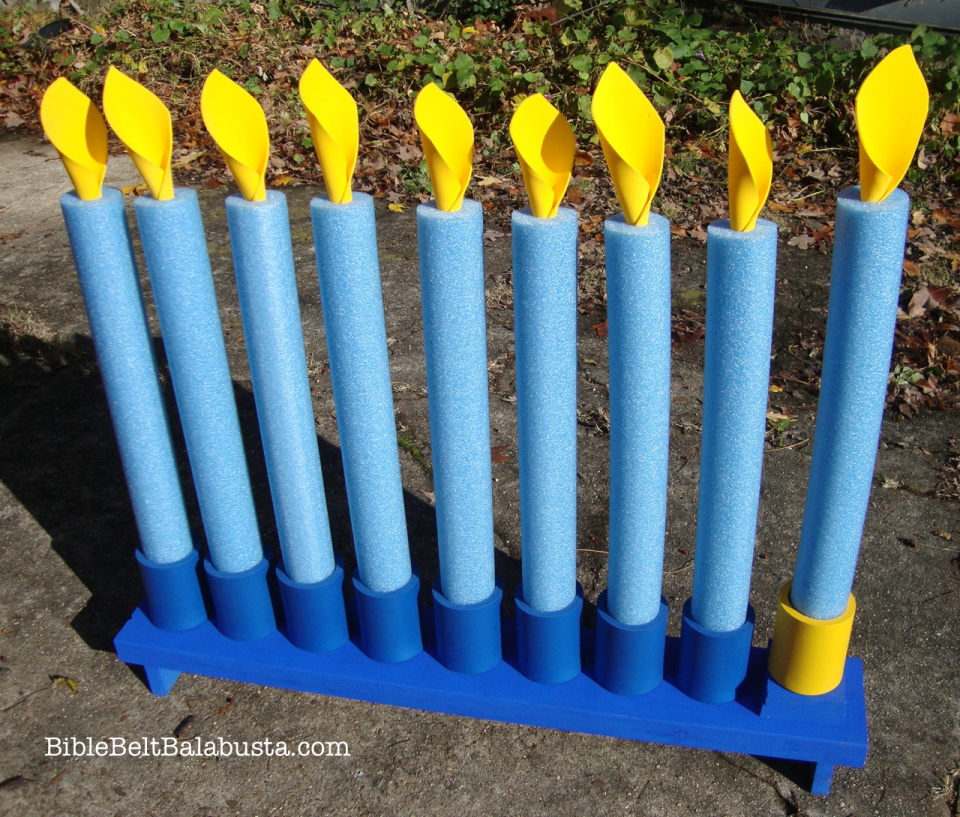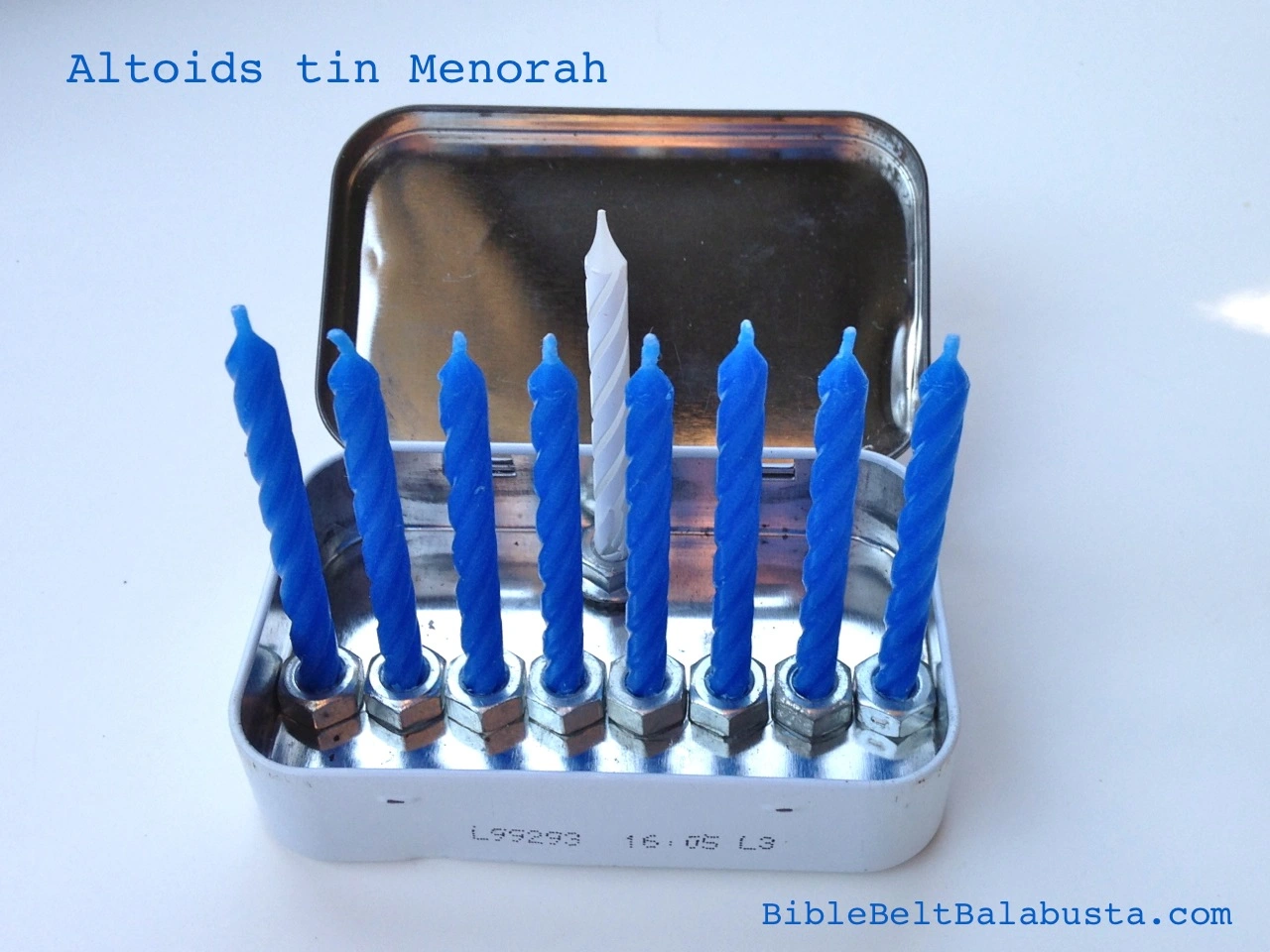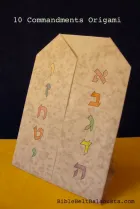Print this chart to reframe ordinary actions and values Jewishly (and in Hebrew too, even if you don’t know from Hebrew). When you catch your kid doing something good, name it, frame it, praise it. I post a copy in the classroom.
The chart makes it so easy: it names the mitzvah (commandment), the transliteration, the Hebrew term, and “When You Can Refer to It.” I’ve reproduced it here with permission.*
For example: “Common Courtesy/Respect = Derekh Eretz = דֶרֶך אֶרֶץ = When children show respect for each other, as in letting a child get in line.” (Also, table manners, taking turns, not interrupting, etc. It literally means “way of the land,” and it assumes the land is a place where we are considerate of others.)
Even though these basic good actions can be viewed as “universal,” to view them through a Jewish lens and call them by a Jewish name can be powerful building blocks of identity. Are these good actions mitzvot (commandments) or middot (values)? Honestly, I’d have to check each one against a list of the 613 Torah commandments to weed out which are which, and honestly, I do not care to do so at the moment. I’m calling them mitzvot because that what we do for the lower Elementary students where I teach, because it is less confusing, and because the word “mitzvah” needs all the help it can get to define it as more than just a “good deed.”
Folks aim to do mitzvot for many reasons: both here-and-now and world-to-come reasons. I prefer the former. Besides, the Rabbis urge us to do a mitzvah for it’s own sake (lishmah).*
Mitzvot are everywhere. This chart shows the biggies for using with kids. These are things we already do, everyday sorts of things that help people, animals and the world. Any act of kindness or example of social action is also a mitzvah. If we call the mitzvah a mitzvah, we reinforce Jewishness. And if we call the mitzvah by the Hebrew name, we reinforce it even more.
Call an autumn coat drive an act of Malbish Arumim (Clothing the Naked) for example, and suddenly an annual charitable event is Jewish.
Call recycling or re-using trash Bal Tashcheet (Do Not Destroy Needlessly). And if your kid forgoes the casual ripping of leaves off low branches of a nearby tree, he’s practicing Bal Tashcheet. Likewise, when he turns off the water while brushing his teeth, turns off the lights when he leaves the room.
Name it, frame it and praise it.
*CHART SOURCE: This mitzvah chart is found in the CAJE publication Jewish Values for Growing Outstanding Jewish Children (June 2003) and is from the work of “Machon L’Morim B’reshit,” a “professional development school change initiative for early childhood educators whose goals are to develop Jewishly knowledgeable personnel and educational environments that infuse every aspect of the early childhood experience with Jewish values, concepts and Hebrew vocabulary.” The director of this program, Ilene Vogelstein, granted permission to reproduce the chart. Thanks, Ilene.
The chart used to live on another page at BibleBeltBalabusta, but a reorganization bumped it into oblivion. Hope it can stay here and be of continued service. Not everything is online…
LINKS:
• PJ Library has a nice page with “Jewish Values,” which when clicked will lead you to a list of relevant PJ Library picture books.
• The Jewish Values Finder from the Association of Jewish Libraries lists children’s books that exhibit particular Jewish values. The list of books is not comprehensive, but it is a great place to start. Search by title, etc, but most helpful is to search by value from the English term drop-down menu (“bring peace between people,” for example). They also produced a book: The Jewish Values Finder: A Guide to Values in Jewish Children’s Literature.
• See the article at MyJewishLearning: Classical Understanding About Mitzvot and Their Reasons.





















